
With April Fools’ Day fast approaching, it’s time to take a look at some of the best practical jokes ever pulled off – on that day and at other times..
24/7 Tempo compiled our list from sources including History, Atlas Obscura, and Reader’s Digest Canada, as well as various reference works. Some of the practical jokes on the list date from ancient Roman times or the medieval period, and of course have continued to the present day. (No pranks were involved in the development of these ancient inventions you thought were modern.)
Newspapers got into the act in the 19th century, tricking many thousands of readers. The advent of mass media that included newspapers, radio stations, and television stations, meant the perpetrators could fool millions. The British Broadcasting Corp.,in particular, likes to get the public’s goat every April 1, and some of its pranks have made this list. So have the stunts from Swedish media outlets, which have tricked its audiences on multiple occasions. (For TV programming that amuses viewers in more conventional ways, see the best sitcoms of all time.)
Fast-food companies Taco Bell and Burger King gained widespread exposure for ad campaigns that were practical jokes. Merry pranksters at some of America’s premier academic institutions have pulled off elaborate stunts, as well.
Click here to see the best practical jokes of all time
There is no doubt that the perpetrators of practical jokes enjoy pulling them off. As to the victims of the prank, well, not everyone is happy at being proved gullible. Especially when the jokes are perpetrated by large, well-known companies or media outlets, their exposure can spark outrage and sometimes even lawsuits.
Two practical jokes that went awry: A BBC April Fool’s gag claiming London’s famed Big Ben was going digital and that its clock hands were being auctioned off raised the ire of the British. A man who spent years creating a faux eruption on a dormant volcano in Alaska created a panic.
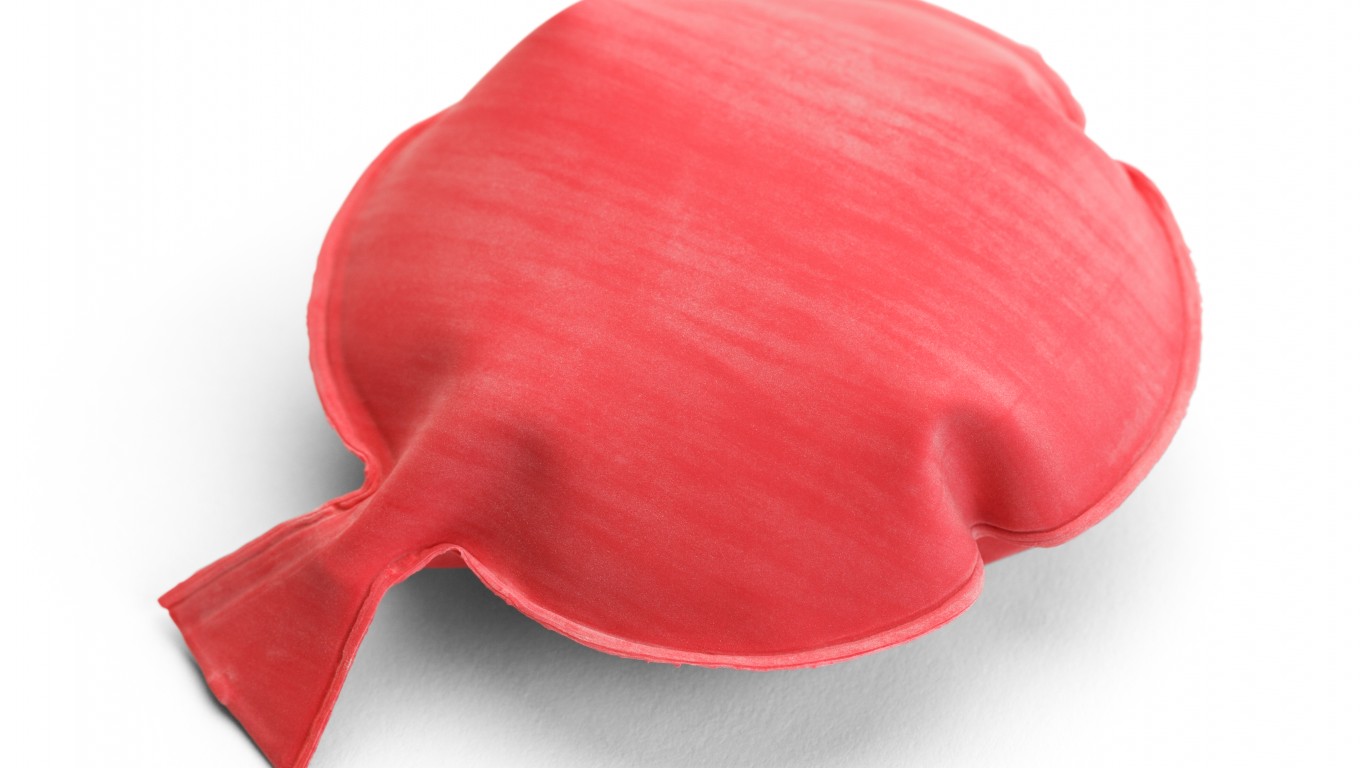
1. The emperor was a prankster
> Year: Third century
> Location: Rome
The teenage Roman emperor Elagabalus loved pranking his guests. According to the book Rome in the East, the emperor seated his more pompous dinner guests on what we would call “whoopee cushions,” emitting the sound of flatulence. He also thought it was hilarious to let wild animals loose to mingle with his guests.
[in-text-ad]
2. Fake earthquake machine
> Year: Fifth century
> Location: Turkey
Anthemius of Tralles, a sixth-century Greek architect, was one of the builders of Istanbul’s Hagia Sophia. He also knew how to get back at his enemies. After a disagreement with a neighbor, Anthemius constructed several boilers of water in his house and connected them to a hose, which he placed into a small hole leading into his neighbor’s cellar. The steam generated by the boilers was produced in such volume that it simulated an earthquake underneath the floors of his victim’s house.

3. Possessed apples
> Year: 1400s
> Location: England
Who knew monks were pranksters? Thomas Betson, a monk at Syon Abbey in Middlesex, England, fooled his fellow monks when hid a beetle inside a hollowed-out apple, making the newly animated fruit appear to be possessed by demons.

4. Lyin’ about washing lions
> Year: 1698
> Location: London
For centuries, the Tower of London housed all kinds of wild animals, such as polar bears, lions, leopards, ravens, and zebras. On April Fools’ Day in 1698, a smart aleck convinced people to view the lions getting their annual bath. Trouble was no event was scheduled. The stunt continued over the next several centuries, with pranksters even printing bogus tickets for the event, which bore the seal of the senior warden.
[in-text-ad-2]
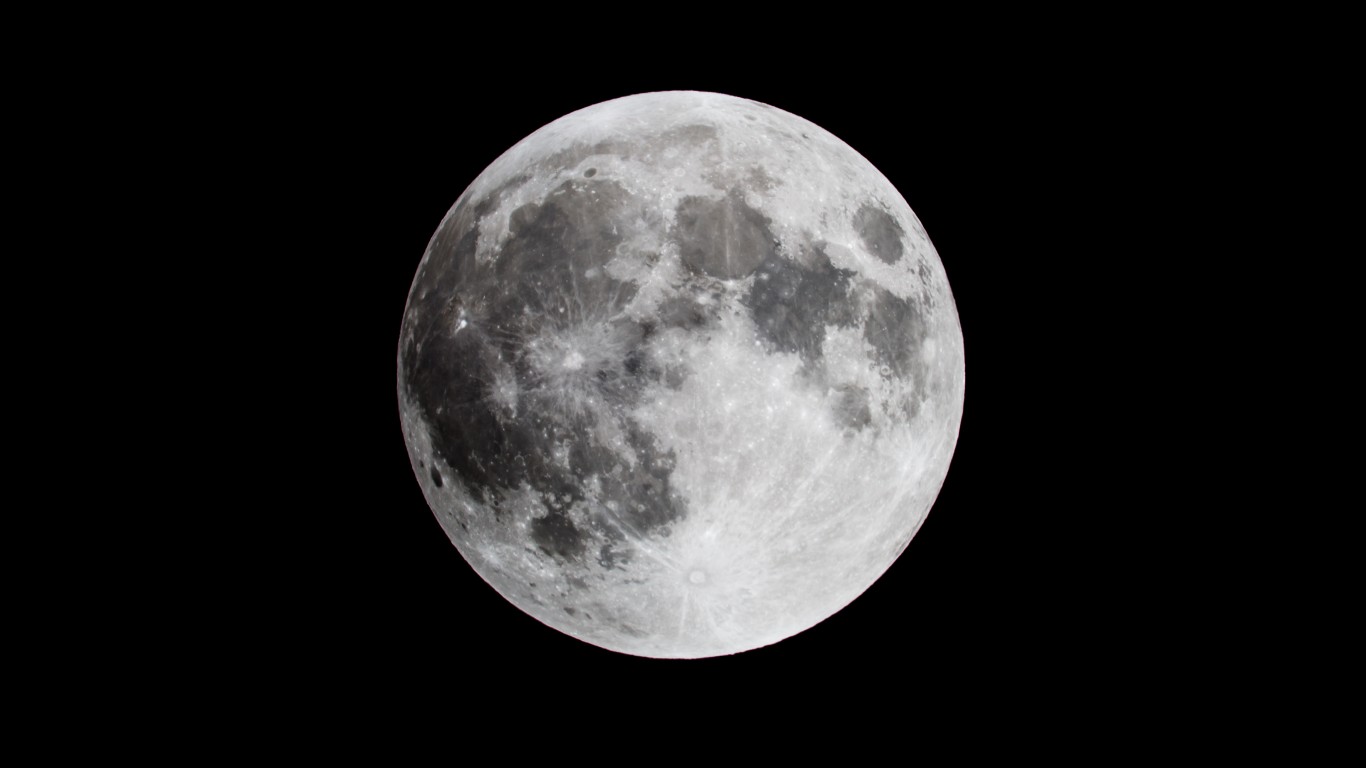
5. Moon hoax
> Year: 1835
> Location: New York
On Aug. 25, 1835, readers of the New York Sun newspaper learned there was a civilization on the moon. The fictitious story was intended to poke fun at science writer Reverend Thomas Diсk, who had previously claimed the moon had a population of more than 4 billion beings. On Sept. 16, 1835, the Sun admitted the articles had been a hoax.

6. Guano graffiti
> Year: 19th century
> Location: Oxford, England
William Buckland was an eccentric and brilliant scientist. In 1823, he unearthed Britain’s oldest known human remains. Buckland also is known for a prank involving guano, or bat feces. He was convinced it could be a robust fertilizer (which in fact it is). To prove his point, during his undergraduate years at Oxford, he put guano on a portion of the university’s lawns, spelling out the word GUANO. Before it was removed, the fertilizer had stimulated the grass below, and soon the word GUANO was growing in the university’s lawn.
[in-text-ad]

7. George P. Burdell
> Year: 1927
> Location: Atlanta
Incoming student William Edgar Smith accidentally received two enrollment forms from Georgia Tech. Making the most of the school’s mistake, Smith filled out one for the fictional George P. Burdell and later signed Burdell up for all the same classes and began completing his school assignments. Burdell eventually completed a bachelor of science degree – and later his master’s – in mechanical engineering. Other students at Georgia Tech made sure to keep enrolling Burdell to courses and events over the years, even after enrollment was computerized. To this day, Burdell’s birthday is still celebrated each year on campus – on April 1, of course.

8. Free wine
> Year: 1950
> Location: Norway
On April 1, 1950, Norway’s largest newspaper, Aftenposten, published a front-page article stating the state-owned Vinmonopolet, or Wine Monopoly, had received an extra large shipment of French wine. Unfortunately, the Wine Monopoly – the only stores allowed to sell alcohol in Norway – had no bottles in which to bottle the French wine. To remedy the situation, the newspaper continued, all wine would be 75% off and tax free that day, but customers were asked to bring their own “buckets, pitchers, and the like” to carry the wine. Norwegians – accustomed to bottle shortages in the post-war years – were lined up with buckets in hand when they found out they’d been taken.
9. Spaghetti trees
> Year: 1957
> Location: Great Britain
BBC Panorama presenter Richard Dimbleby, a well-respected broadcaster, gave a peculiar report on April 1, 1957, telling viewers that a moderate winter and better pest control had resulted in an unusually productive spaghetti crop for Swiss farmers. The claim was supported by film footage of Swiss peasants pulling spaghetti strands down from trees. Some viewers – not fully acquainted with the dish at this point in time – called in to ask the BBC how they could grow a spaghetti tree.
[in-text-ad-2]

10. Society for Indecency to Naked Animals
> Year: 1959
> Location: United States
Fighting for morality and decency was all the rage in the 1950s. One group, the Society for Indecency to Naked Animals, claimed that unclothed animals put us in moral peril. The group – which alleged to have 50,000 members – espoused the need to cover all animals that measured more than 4 inches tall or 6 inches long. The group operated for six years, making numerous television appearances and publicity stunts. When the group’s president, G. Clifford Prout Jr., appeared on CBS for an interview with the revered Walter Cronkite, he was recognized as comedian Buck Henry. The jig was up, and Henry – along with the group’s creator, Alan Abel-â admitted it was a hoax, despite numerous members having joined in earnest.

11. Rose Bowl switch-up
> Year: 1961
> Location: Pasadena, California
The 1961 Rose Bowl offered plenty of fun for fans of both the Minnesota Golden Gophers and the Washington Huskies and, unexpectedly, CalTech. During halftime, Washington fans were instructed to lift the flip cards placed under their seats, which was intended to spell out their team’s name. A group of pranksters, who called themselves the “Fiendish Fourteen,” had infiltrated the Washington cheerleading team, replaced the colored cards, and shocked viewers with the name CalTech displayed.
[in-text-ad]

12. Instant color TV
> Year: 1962
> Location: Sweden
On April 1,1962, a technical expert on Sweden’s national public television broadcaster, Sveriges Television, informed viewers they could easily transform their black-and-white TV sets to color. All one had to do was cover their screens with a nylon stocking, which would bend the light so that it would provide color. Thousands fell for the prank and ruined their stockings. Swedes wouldn’t get to see actual color television until four years later.
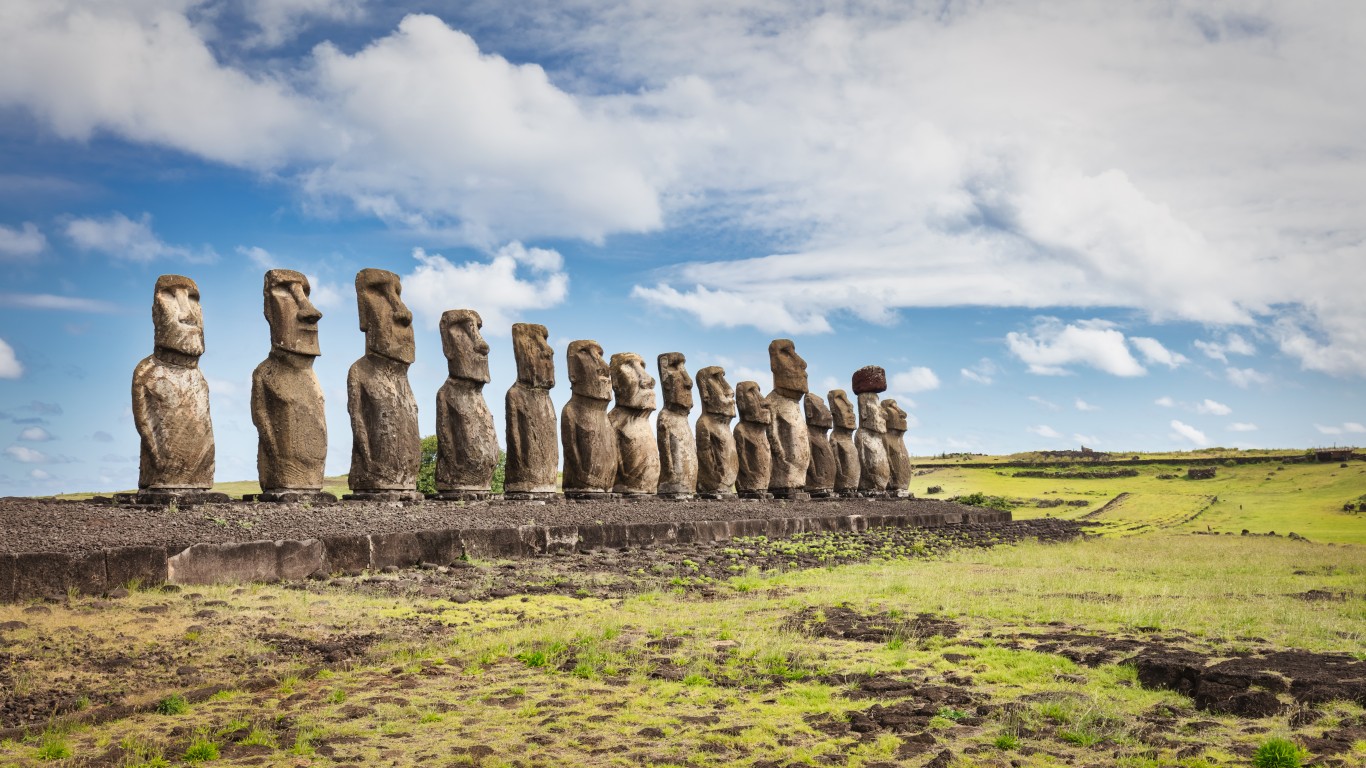
13. Easter Island statue
> Year: 1962
> Location: The Netherlands
A Dutch man made an unusual discovery while walking on the beach outside the coastal city of Zandvoort, Netherlands. He stumbled upon what looked to be a worn-down statue like those found on Easter Island. A few days later – on April 1 – the statue was making international headlines, drawing thousands who wished to see it to Zandvoort. Later that very day, however, the man who made the original discovery revealed himself to be an artist named Edo van Tetterode who had made the statue himself. Tetterode would go on to create a National April 1 Society to recognize excellence in the field of practical jokes. The original statute remains on display in the front yard of van Tetterode’s home. A much larger statue (also created by Tetterode) can also be found on the beach.

14. Mount Edgecumbe eruption
> Year: 1974
> Location: Sitka, Alaska
Some pranksters put in more effort than others. Oliver “Porky” Bickar proved his dedication when he convinced residents of Sitka, Alaska, that the nearby Mount Edgecumbe was erupting. Bickar and some friends had spent the previous four years assembling fuel, rags, and smoke bombs at the top of the dormant volcano. On April 1, 1974, smoke filled the air, ensuring international coverage for Bickar. The Coast Guard sent a helicopter to investigate and when it got over the crater, the pilot spotted a stack of burning tires and the words “APRIL FOOL” in 50-foot black letters.
[in-text-ad-2]

15. Patrick Moore’s planetary alignment
> Year: 1976
> Location: Globally
On April Fools’ Day, 1976, BBC Radio 2 astronomer Sir Patrick Moore told listeners that Pluto and Jupiter would align that morning and that, somehow, this would temporarily reduce Earth’s gravity. Listeners went outside and jumped at the mentioned time to feel the lower gravity. Many even called the BBC to share their perceived experiences of having briefly “floated.” The trick’s setup has been reused since, often spread across modern social media.
16. Sydney Harbor iceberg
> Year: 1978
> Location: Sydney, Australia
Another arts and crafts-based prank would turn heads in Australia in 1978. Electronics entrepreneur Diсk Smith announced that he planned to haul an iceberg from Antarctica for Australia and sell bits of it as ice cubes. Hundreds of citizens reported that an iceberg had floated into Sydney Harbor on April 1, 1978. When some rain dissolved the “iceberg” – actually a combination of firefighting foam and shaving cream covered in a large white sheet – the prank was revealed as the work of Smith.
[in-text-ad]

17. DST introduced
> Year: 1980
> Location: Sweden
Less than 20 years after a Swedish television station convinced viewers that a nylon stocking would transform their black-and-white television sets to color TVs, the Swedish daily newspaper DN reported that daylight savings time had been introduced on April 1 without prior notice resulting in – according to the paper – widespread chaos. Daylight savings would not actually be introduced until five days later.
18. Big Ben digital
> Year: 1980
> Location: London
The BBC drew ire when it announced on April 1, 1980, that Big Ben would be converted to digital. The report also declared that a few lucky callers would win the iconic clock hands, prompting calls from listeners. Many people were not amused by the stunt.

19. Sidd Finch
> Year: 1985
> Location: United States
Sports Illustrated’s April 1985 issue contained a story sure to excite baseball fans: the New York Mets had a prospect from a Tibetan monastery named Sidd Finch – Sidd was short for Siddharta – who could reportedly throw a baseball 168 mph. Excited fans were quick to request more information from the magazine, only to find that the “part-pitcher, part-yogi” fireballer was the fictional creation of writer George Plimpton.
[in-text-ad-2]
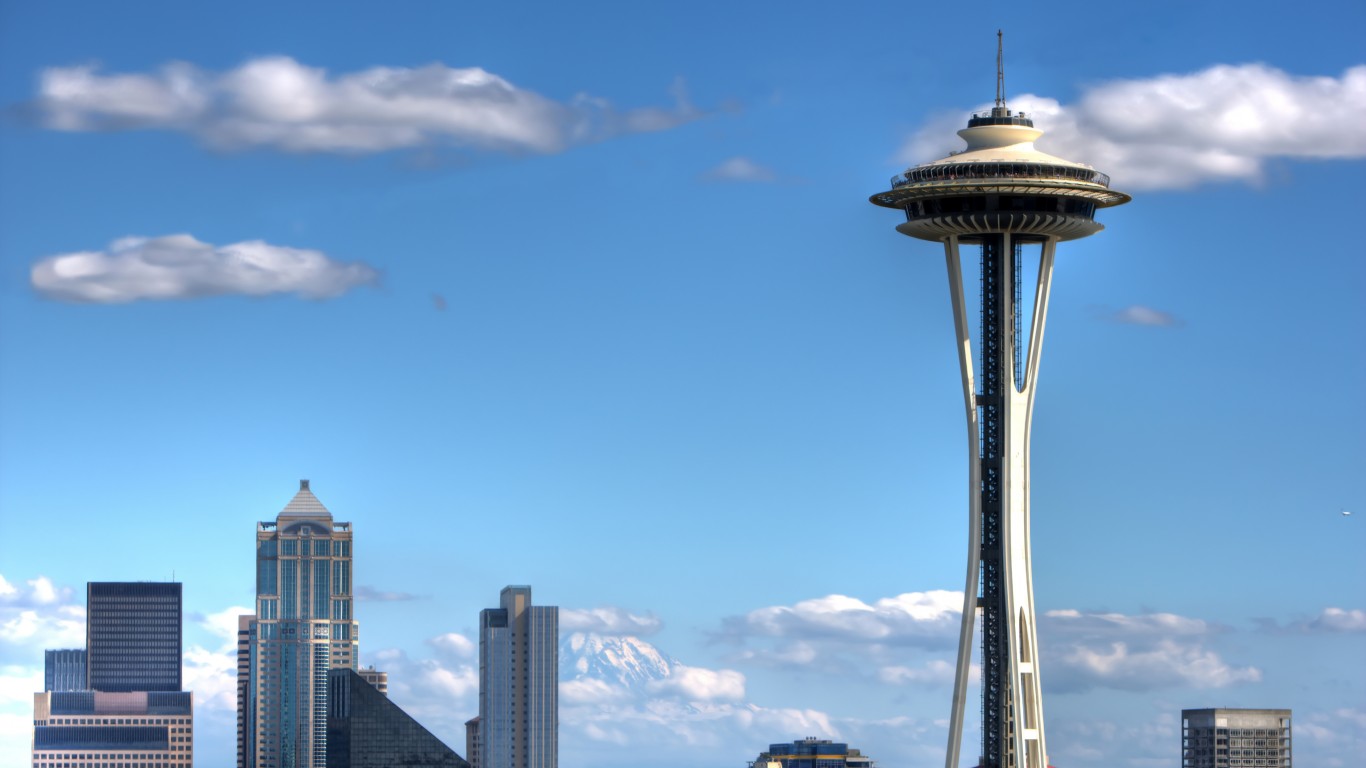
20. Seattle’s Space Needle
> Year: 1989
> Location: Seattle
Seattle-based sketch show “Almost Live” made American prank history when it delivered a televised report – complete with photographic “proof” – on April 1, 1989, claiming the iconic Space Needle had fallen down. The local television station that aired the broadcast, and 911, received hundreds of calls from alarmed viewers.

21. Nixon ’92
> Year: 1992
> Location: United States
National Public Radio’s “Talk of the Nation” stunned listeners when the hosts announced Richard Nixon was once again running for president, nearly 18 years after resigning. The show played audio of the former president announcing his candidacy, including the new campaign slogan: “I didn’t do anything wrong, and I won’t do it again.” Only after being inundated with calls did the hosts reveal their April Fools’ trick, which featured comedian Rich Little impersonating Nixon’s voice for the aired clips
[in-text-ad]

22. MIT’s Great Dome
> Year: Since 1994
> Location: Cambridge, Massachusetts
While many practical jokes rely on fooling one’s target, in certain cases it’s consistency and dedication that ensure a prank’s success. This is the case with the numerous “hacks” on MIT’s 150-foot-high Great Dome building over the years. Since 1994, students have adorned the building with everything from (what looked like) a campus police car to a working phone booth. In 1999, the dome was even dressed up to resemble Star Wars’ R2-D2.

23. Internet surfing under the influence
> Year: 1994
> Location: United States
John Dvorak elicited visions of a dystopian future for internet users in 1994, when the columnist published an article in PC Computing magazine detailing a congressional bill that would make it illegal to use the internet while intoxicated. Dvorak referred to the bill number as 040194, which was the date 04/01/94, and listed its contact person as Lirpa Sloof – April Fools backwards. Not every reader picked up on these clues, however, and Congress received an outpouring of outraged calls.
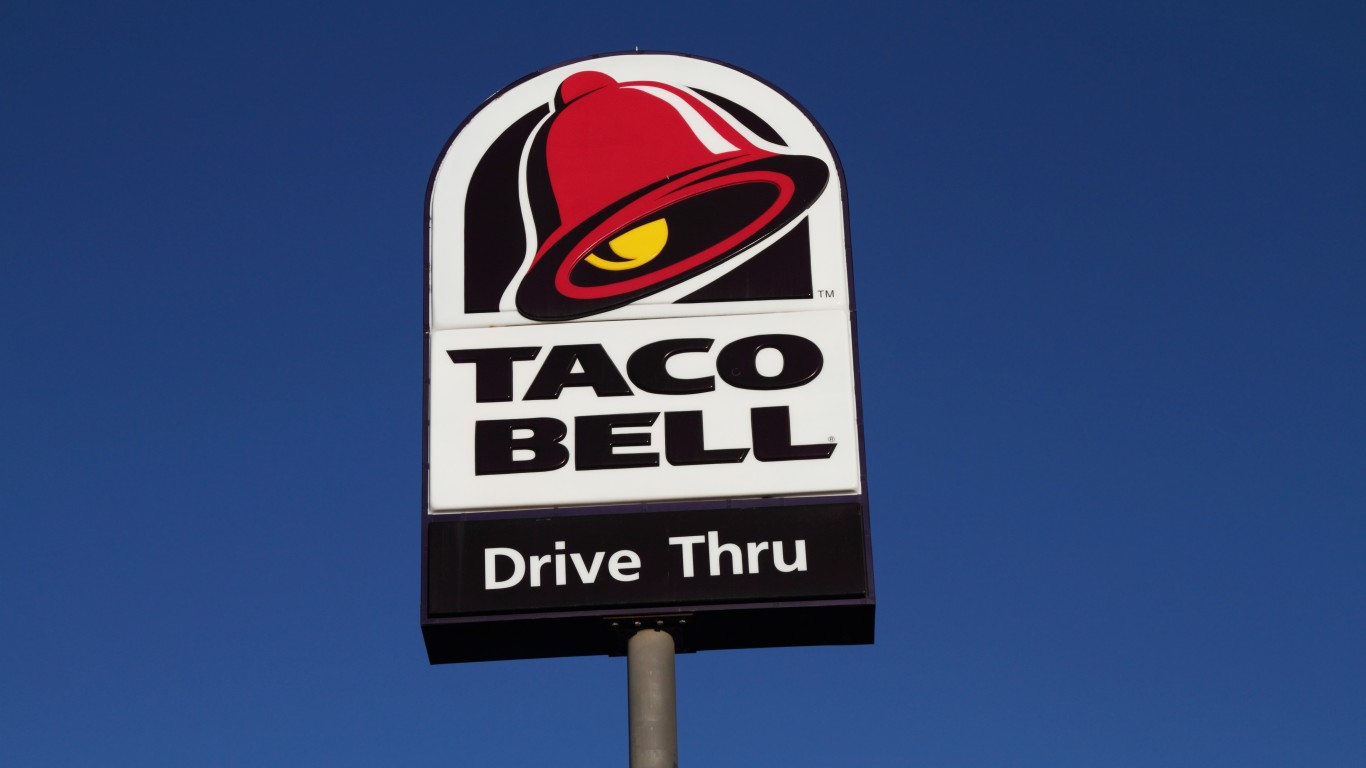
24. Taco Liberty Bell
> Year: 1996
> Location: Philadelphia
Taco Bell took the nation by storm on April 1, 1996, after the chain ran full-page ads in six of the country’s largest newspapers declaring the fast- food restaurant had purchased the Liberty Bell. The National Park Service and Taco Bell headquarters were slammed with phone calls, including from the aides of U.S. senators. Taco Bell admitted it was all a joke by noon that day and donated $50,000 to the Liberty Bell’s upkeep. The Philadelphia Inquirer likened the aftermath to the bogus ad as “an ad man’s War of the Worlds.”
[in-text-ad-2]

25. Killer chemical compound
> Year: 1997
> Location: United States
Nathan Zohner, a smart 14-year-old student at an Idaho high school, distributed a tongue-in-cheek science report on the dangers of a substance called DHMO. Initial warnings about the substance had surface in Michigan in 1983, and other sources subsequently reported it, but Zohner is credited with bringing it widespread attention, in part because his report was picked up by the Washington Post. The paper cited Zohner’s contention that the chemical “is a major component of acid rain [and] has been found in exposed tumors of terminal cancer patients.” Symptoms of its ingestion include excessive sweating and urination, the Post continued, and “the presence of the chemical has been confirmed in every river, stream, lake and reservoir in America.” DHMO is short for dihydrogen monoxide – in other words, water.

26. Left-Handed Whopper
> Year: 1998
> Location: United States
Another fast-food chain decided to try its hand at trickery just two years after Taco Bell’s infamous Liberty Bell purchase. On April 1, 1998, Burger King took out an ad in USA Today, introducing the “Left-Handed Whopper,” which had all the same ingredients found on a regular whopper but rotated 180 degrees to serve its left-handed customers. According to the restaurant, thousands of customers requested the non-existent burger.
[in-text-ad]

27. Football prank
> Year: 2004
> Location: Boston
At the annual Yale-Harvard football game in late November, one of college’s football’s oldest rivalries, Yale students, dressed as the Harvard pep squad, distributed placards to their rival’s fans. On cue, the Harvard faithful lifted them up and unwittingly spelled “We Suck.” Harvard had the last laugh, routing Yale, 35-3, to cap an undefeated season.

28. Flying penguins
> Year: 2008
> Location: Great Britain/United States
The BBC has pulled numerous pranks over the years, including airing a nature documentary trailer on April 1, 2008, announcing the discovery of flying penguins in Antarctica. The trailer even included animated footage of these penguins. Perhaps spoiling the joke for some Brits, the spot was hosted by comedian and Monty Python member Terry Jones.
29. Palin pranked
> Year: 2008
> Location: United States
In the run-up to the 2008 presidential election, a Canadian disc jockey contacted vice-presidential candidate Sarah Palin by phone and convinced her that he was French president Nicolas Sarkozy. Palin did not recognize hints that the call is a joke, even when he says, with an exaggerated accent, “From my ‘ouse, I can see Belgium.” The remark is a reference to the line said by Palin imitator Tina Fey during a bit on “Saturday Night Live,” in which Fey’s Palin claims she can see Russia from her house.
[in-text-ad-2]

30. Tetris tower
> Year: 2012
> Location: Cambridge, Massachusetts
Students at the Massachusetts Institute of Technology, known for their innovative pranks, might have outdone themselves in 2012. MIT hackers installed lights in each of the 153 windows of the campus’ 21-story Green Building, and via wireless connection transformed the lights into a huge, operating game of Tetris.
Thank you for reading! Have some feedback for us?
Contact the 24/7 Wall St. editorial team.
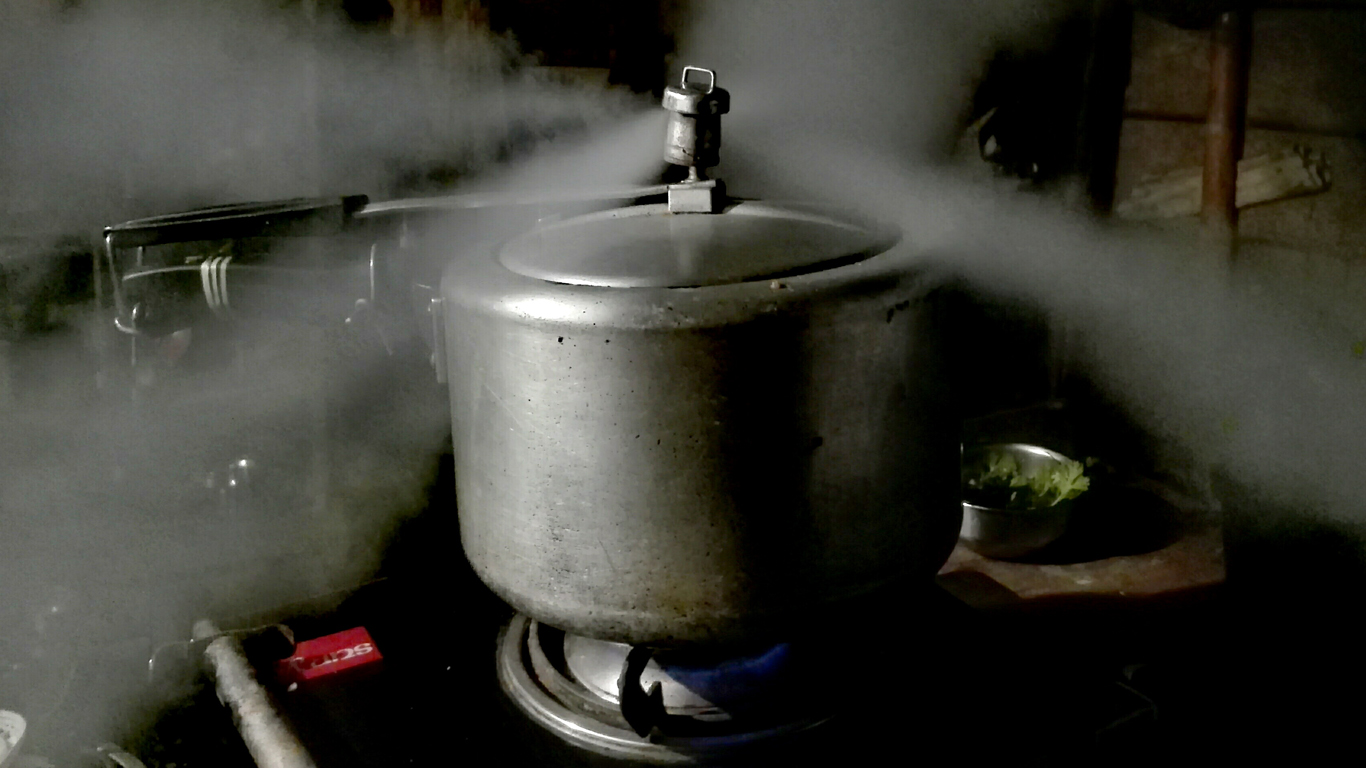
 24/7 Wall St.
24/7 Wall St.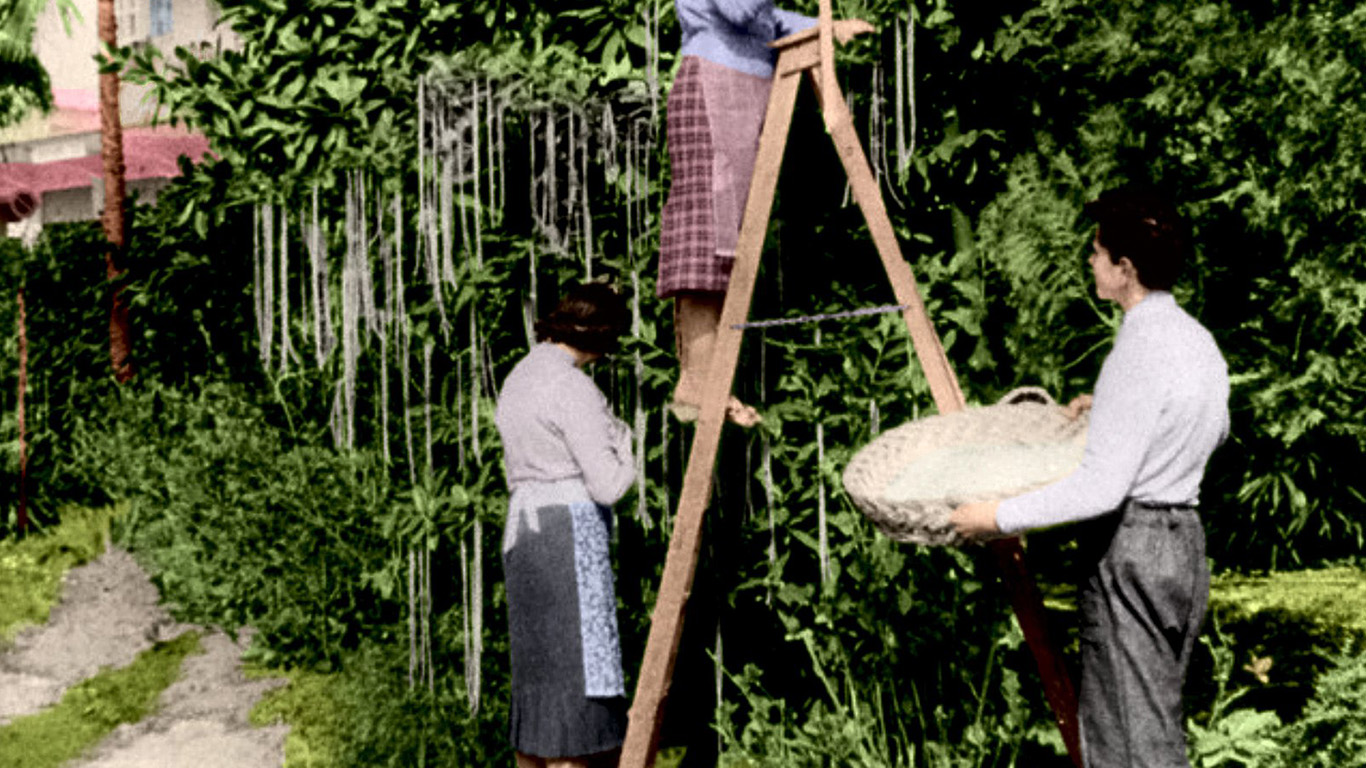

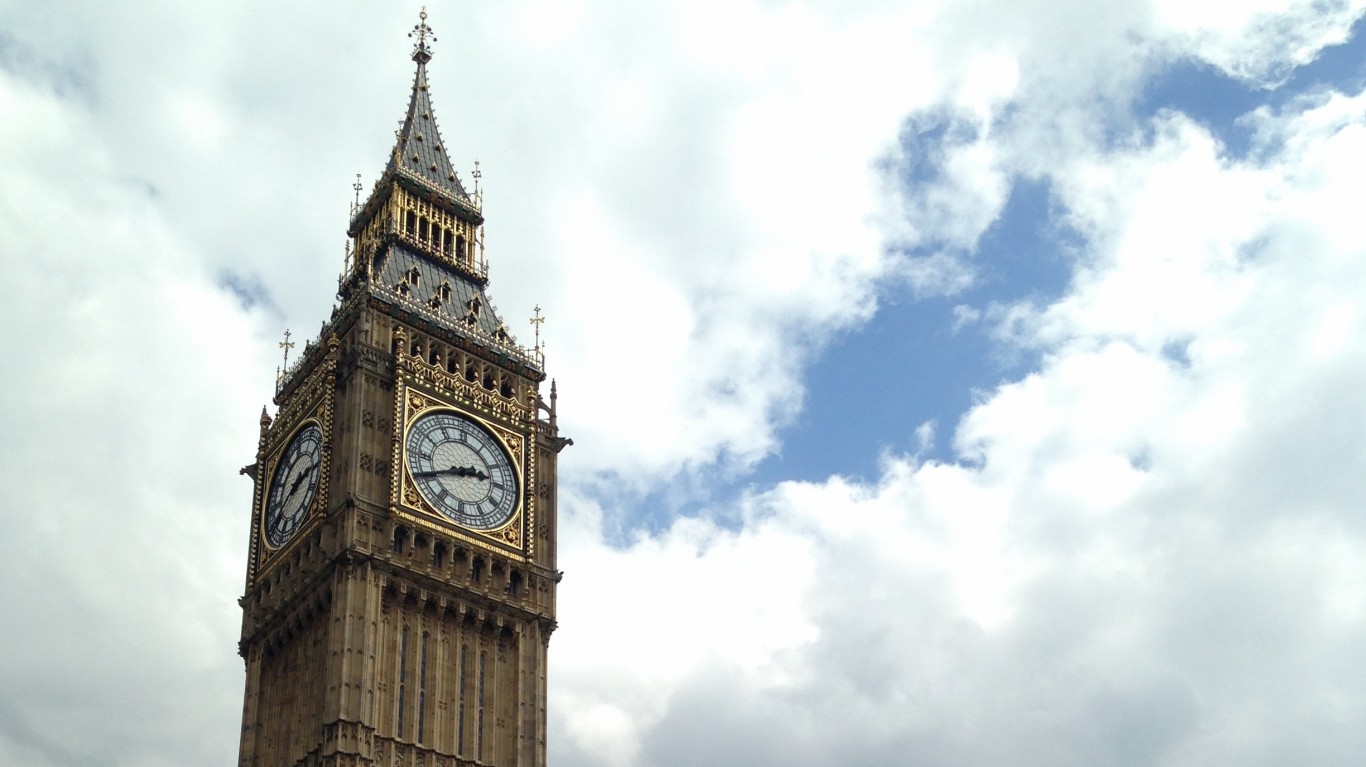
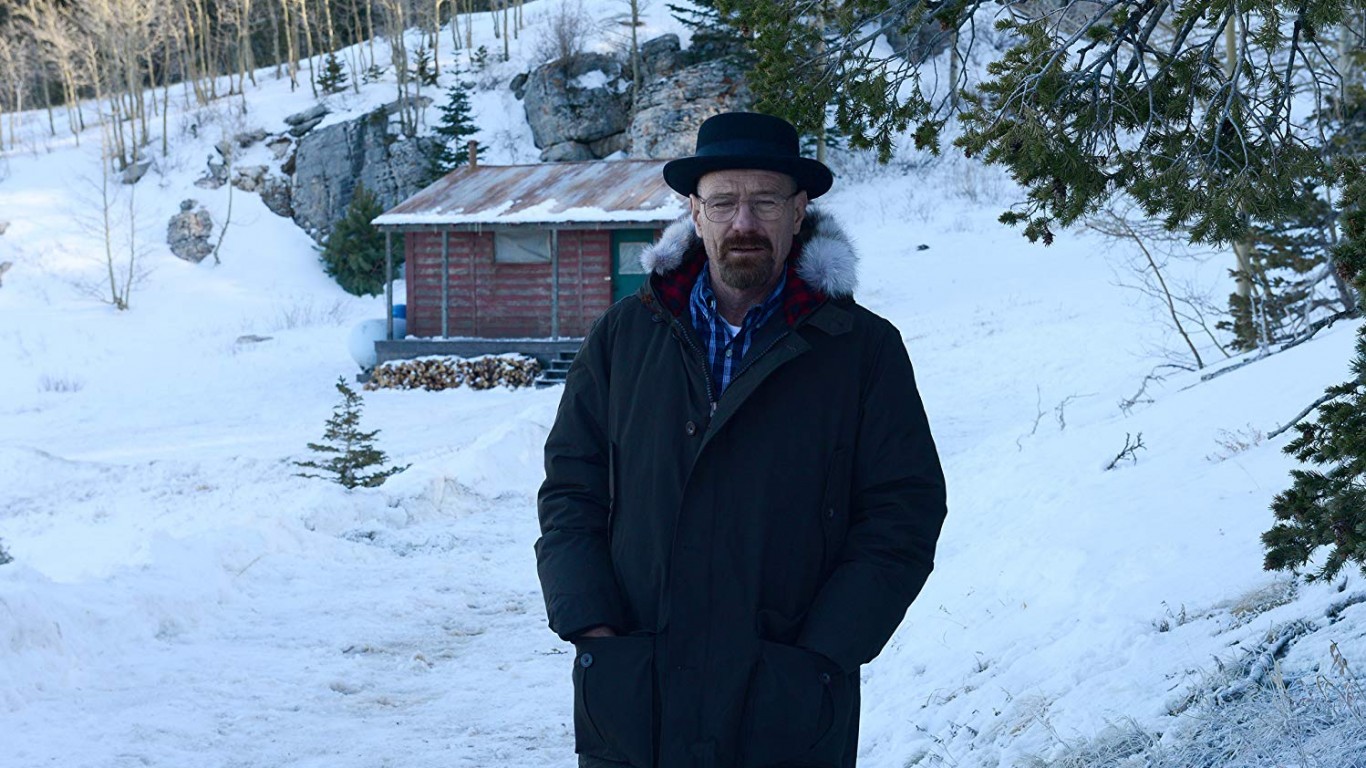 24/7 Wall St.
24/7 Wall St.
